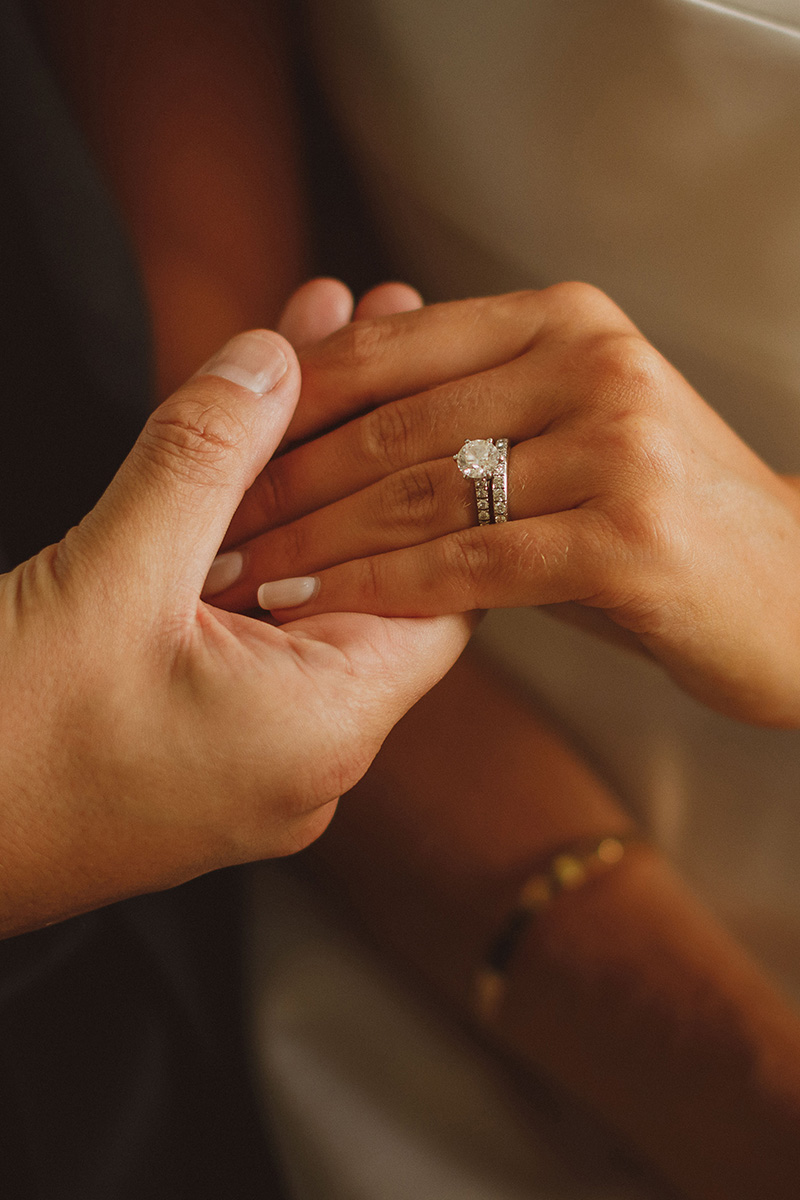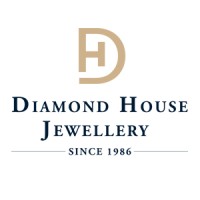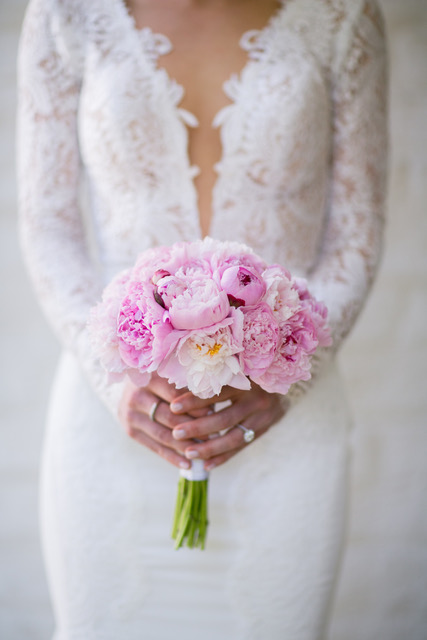4 CS
Origin of the Diamond 4C’s
Every diamond is a miracle of time and place and chance. Like snowflakes, no two are exactly alike.
Until the middle of the twentieth century, there was no agreed-upon standard by which diamonds could be judged. GIA created the first, and now globally accepted standard for describing diamonds: Color, Clarity, Cut, and Carat Weight. Today, the 4Cs of Diamond Quality is the universal method for assessing the quality of any diamond, anywhere in the world. The creation of the Diamond 4Cs meant two very important things: diamond quality could be communicated in a universal language, and diamond customers could now know exactly what they were about to purchase.
Carat
Unlike gold (kt Vs ct) the carat weight measures the mass of a diamond. One carat equals 0.2 gr. In gold, Karat is a unit for measuring its fineness, so that 18 karat = 18/24 = 75% pure gold (and 25% is the alloy). 24 Karat gold is considered 100% gold.

Clarity
The clarity refers to the presence of internal and external characteristics in a diamond. A diamond is Internally Flawless when inspected by the trained eye using a 10x loupe, and there is no inclusion to be found. Did you know that the first 5 to 7 levels of clarity look identical to the naked eye? When SI1 or SI2, the nature and position of the inclusion(s) are decisive for the diamond to be eye-clean or not. Therefore, some eye-clean Si diamonds will trade at up to 10% more value than Si diamonds that show visual inclusions (of which most you will find on-line at heavily discounted prices; be cautious!).

Colour
The colour of a diamond can span a range from colourless (D) to yellow(-ish) (Z). The sequence follows the letters of the alphabet, excluding A,B, and C. Did you know that once set in a piece of jewelry, the first seven colors (D-J) pretty much look alike when 'face-up'?

Cut
Cut, the most underestimated C. The cut refers to the angles and proportions of a diamond. It also refers to the finishing qualities, being symmetry and polish. A good cutter will make sure the diamond has a maximum ‘Light-Performance’ (the sparkle!) Do not mix ‘Cut’ with ‘Shape’. Shape refers to the model of the finished product (round brilliant, pear, oval, etc)




